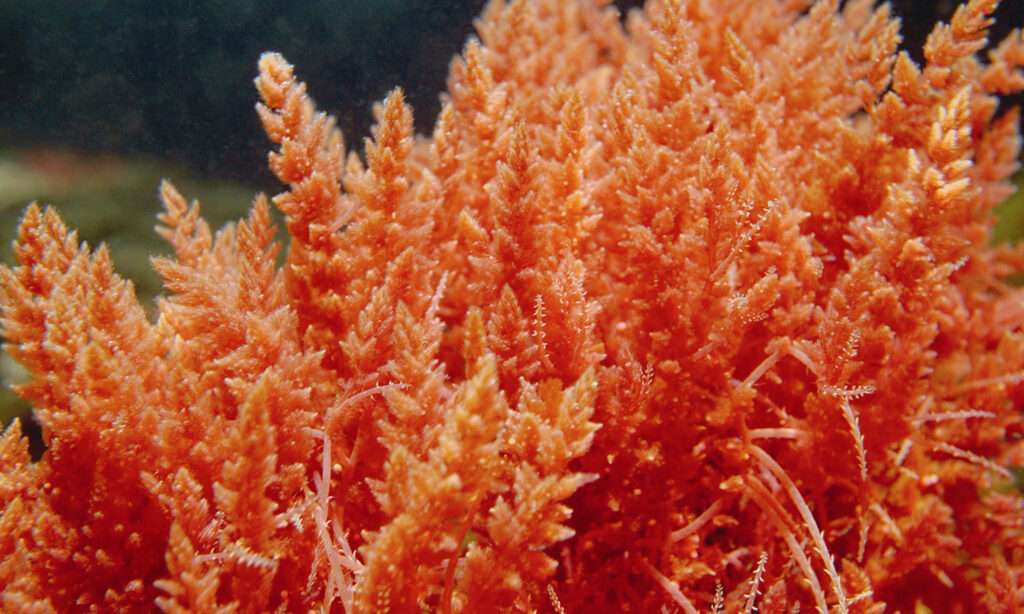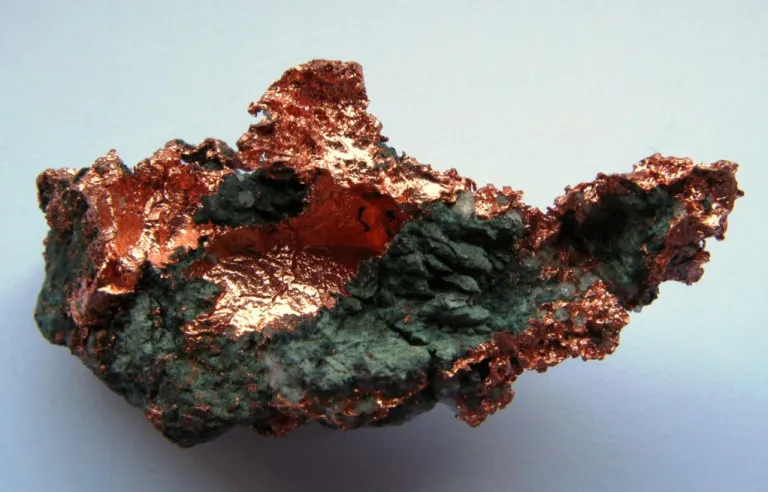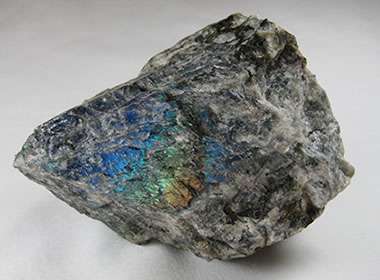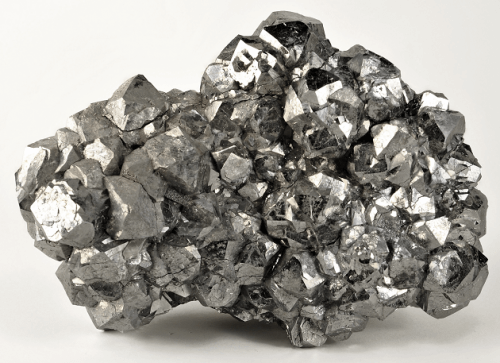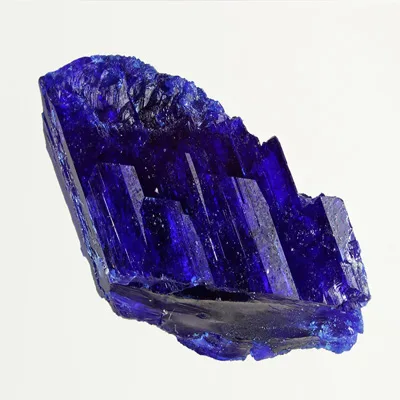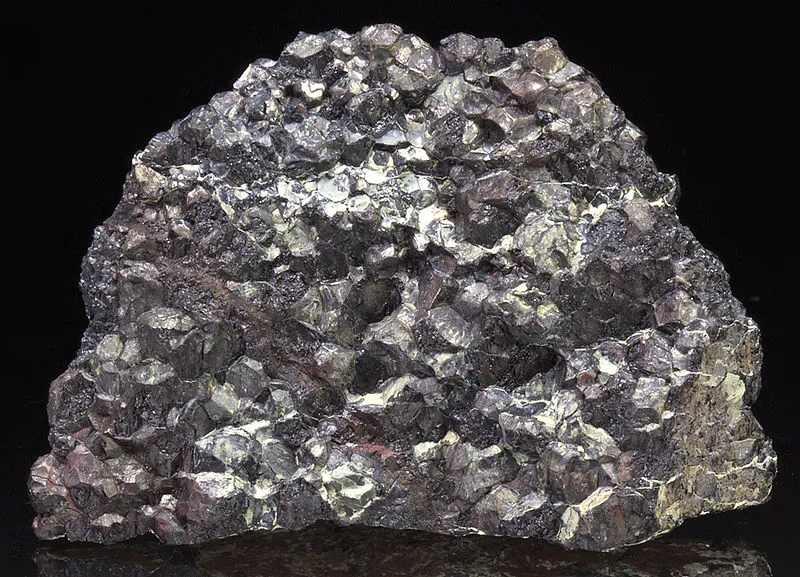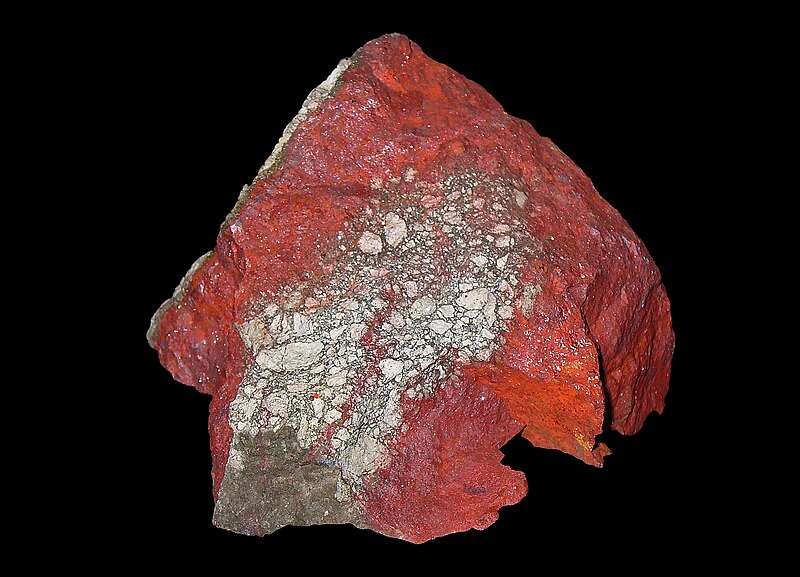Sea Mosses
Description One type of red seaweed that is frequently seen in the northern Atlantic is sea moss. The tufts of sea moss have delicate, fan-shaped fronds. It is claimed to have numerous health benefits, the majority of which have not been properly investigated. It comes in a variety of colors, ranging from greenish-yellow to dark […]


